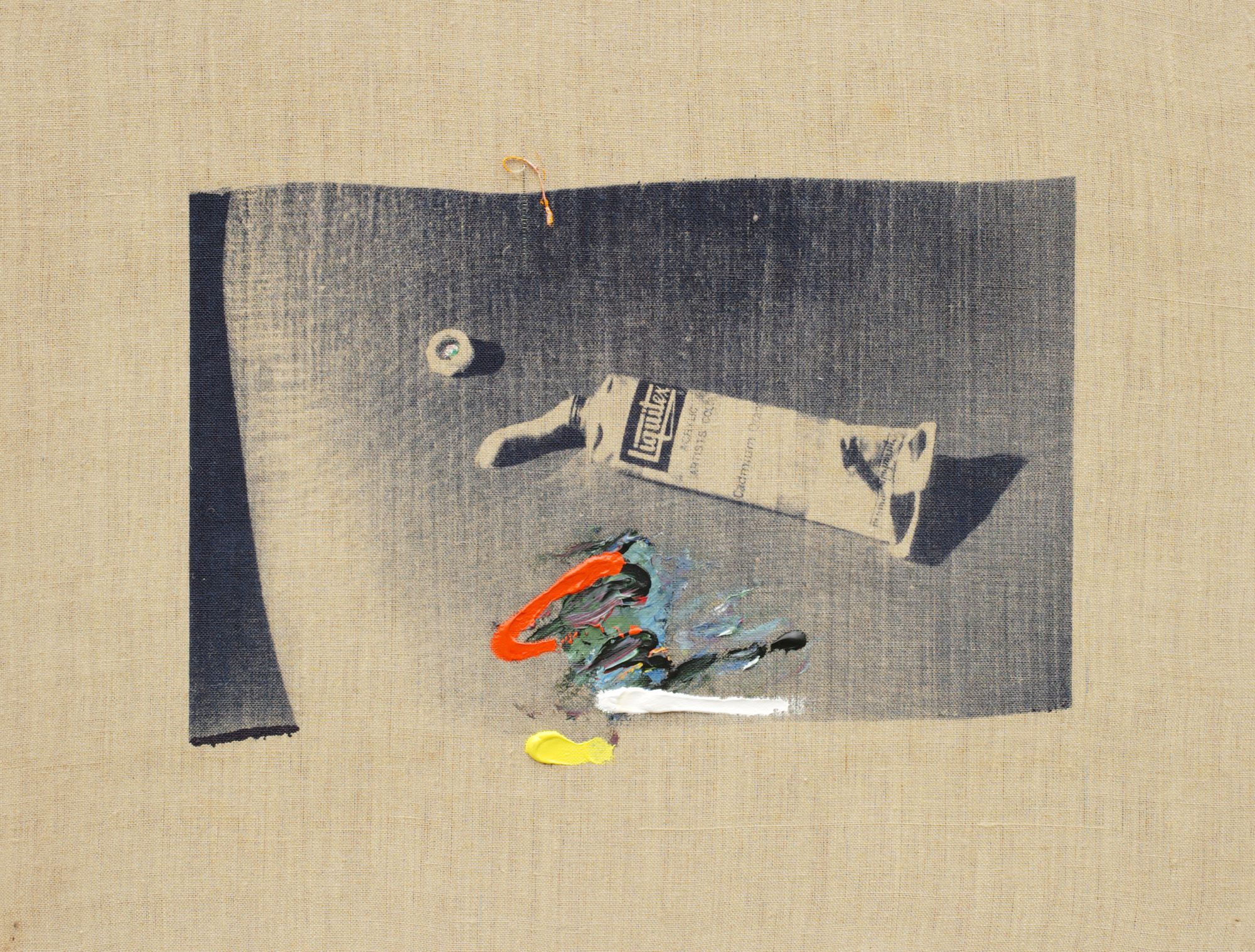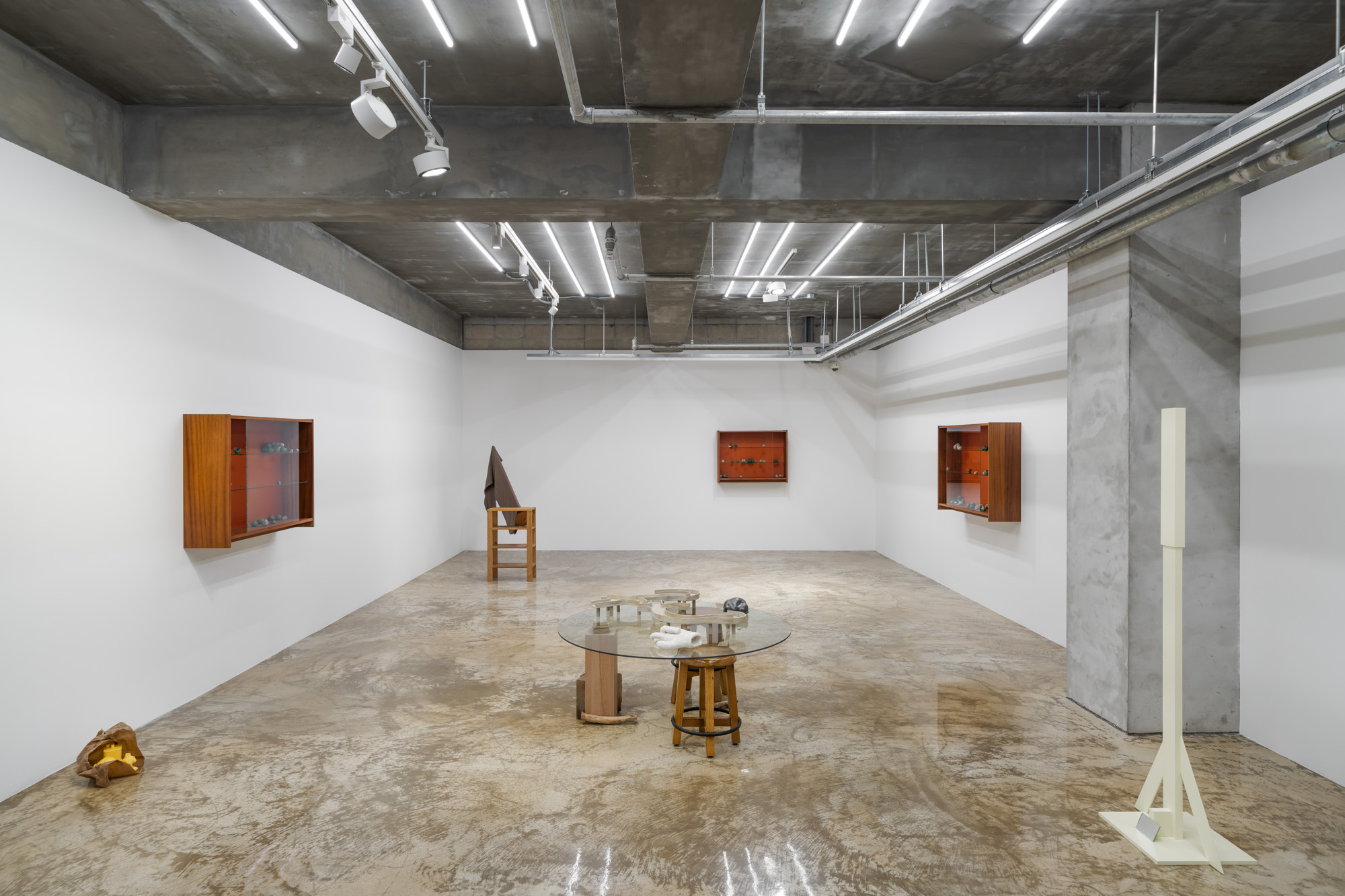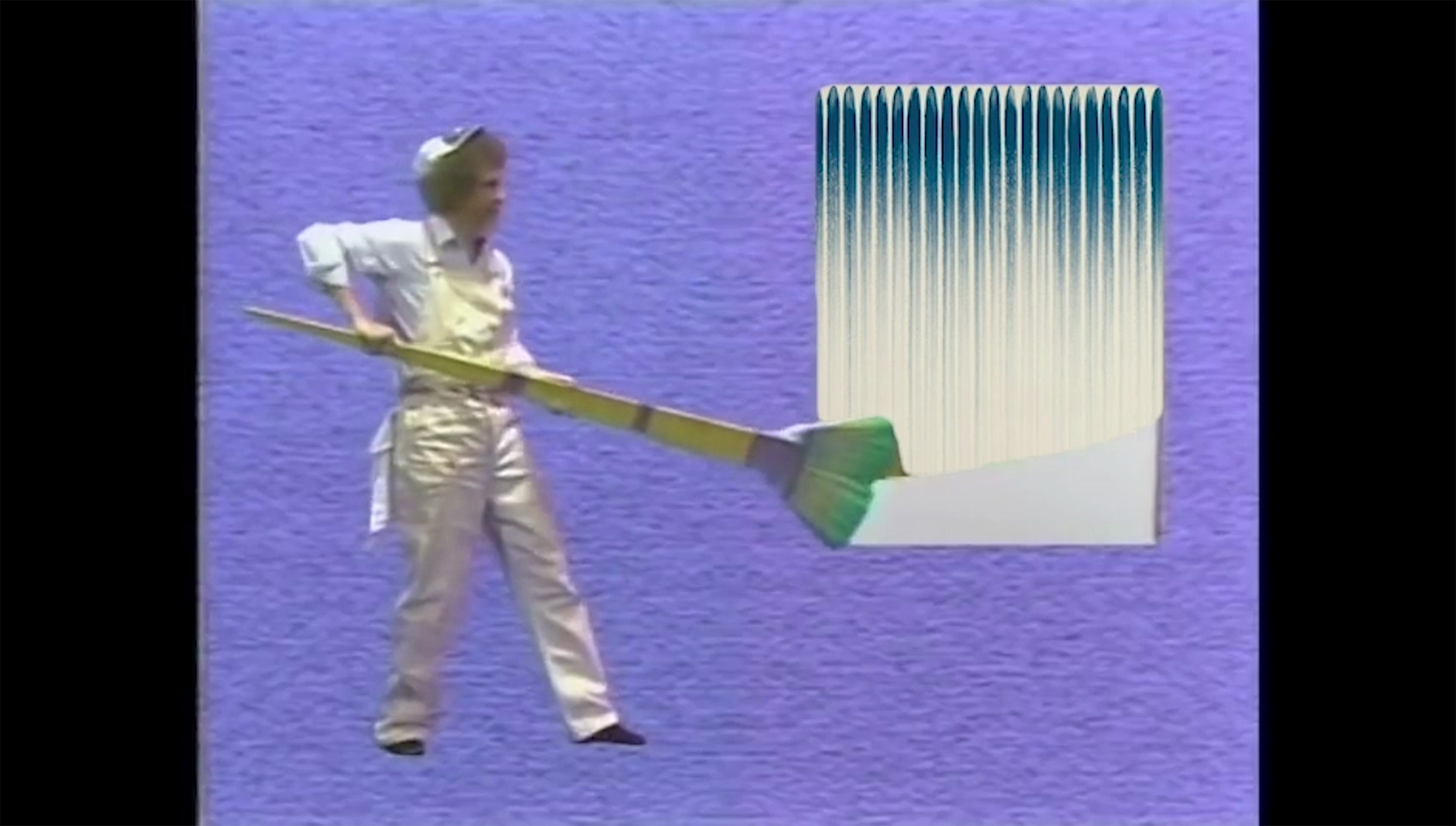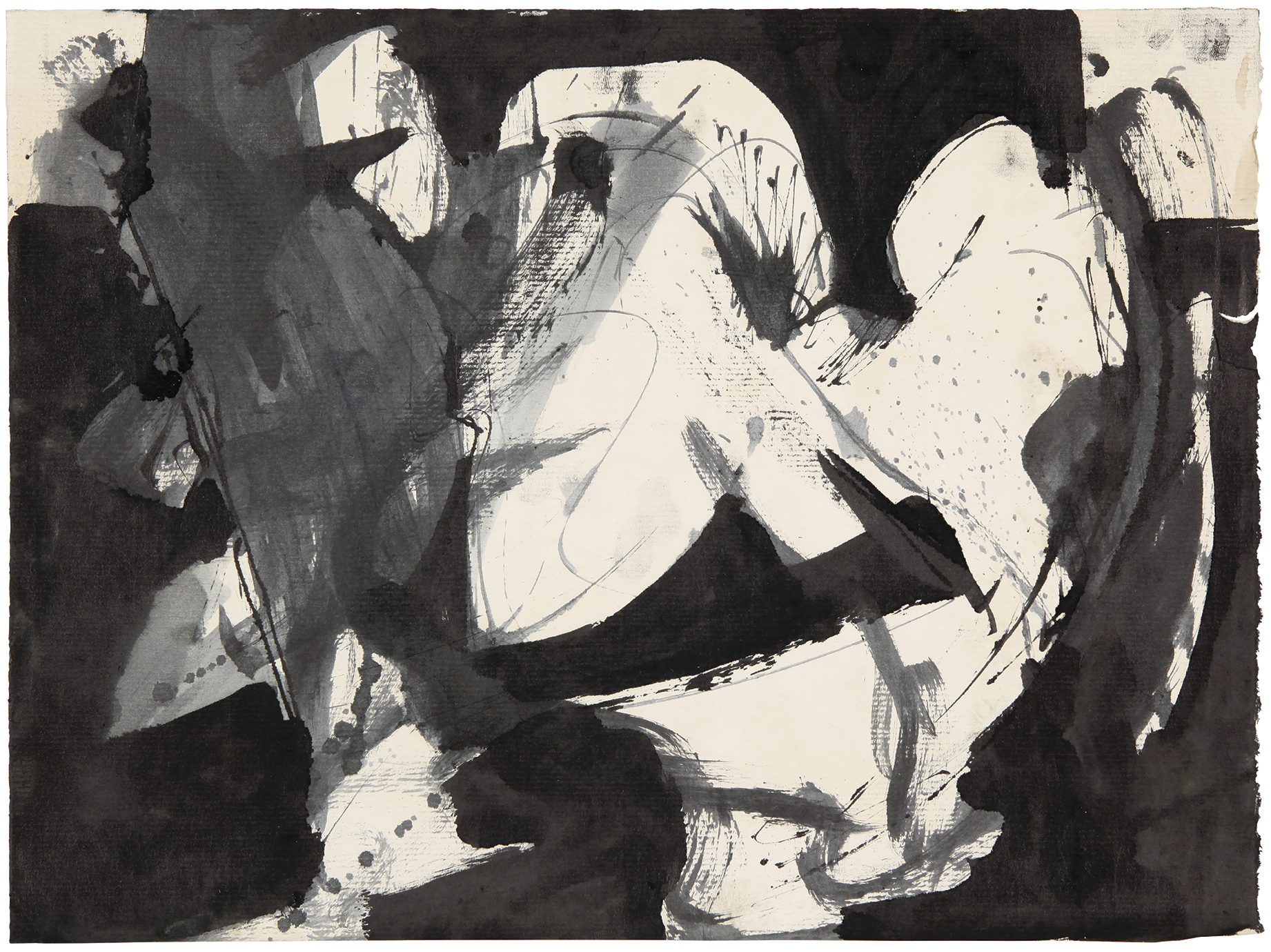Shows
What’s Up in Seoul: June–July 2020

South Korea is still combating Covid-19, with a new wave of cases in Seoul. At the moment many galleries and art spaces remain open and are observing precautionary measures, with some by appointment only. Here is a selection of the shows to see for summer.

Jun 16–Jul 19
Part two of Gallery Hyundai’s special exhibition celebrating its 50th anniversary features 13 international artists and 16 Korean artists whom the gallery has been working with since the mid-1980s. Highlights include a large-scale video installation examining the conditions of life by Moon Kyungwon and Jeon Joonho, Anomaly Strolls_Alchemy of Gold (2018), which debuted at the duo’s 2018 solo exhibition at Tate Liverpool. The group show also showcases archival materials from previous exhibitions including those from Christo’s exhibition in 1992, Ellsworth Kelly in 1996, and Jean-Michel Basquiat in 1997.

Jun 11–Jul 12 (Performance 6 pm, Jul 11)
Kyunghwan Kwon’s solo exhibition was inspired by NASA’s exploration rover Opportunity, stationed on Mars from 2004 on an expedition to discover if the planet is habitable for life until its disappearance in 2018 during a sand storm. Kwon reinterprets the event through a series of photographs of his own Opportunity—made from a robotic vacuum cleaner and other found objects—which roams Earth’s city streets as if they are unfamiliar lands. Characterized as a “suspended point in the state of attrition,” the show examines contemporary issues of accelerated capitalism, technology, and consumerism.

May 12–Jul 5
Chung Seoyoung’s solo exhibition at Barakat Contemporary features 27 new and past works of various mediums such as drawing, sculpture, installation, and video, to expand upon the concept of sculpture. Highlights include a wooden signboard sculpture inscribed with the text Blood, Flesh, Bone (2019), which conveys Chung’s experimentation with the relationship between language and objects. Other works like a video and sculptures of walnuts, respectively titled The World (2019) and Walnut*, Walnut**, and Walnut*** (2020), challenge viewers to go beyond the conventional view of objects.

Jun 12–Jul 18
Min-ha Park’s solo exhibition at Whistle features an assemblage of 12 new paintings and light sculptures. From abstract illustrations to effervescent experimentations with light, Park fabricates a microcosm of the modern world by delineating an airy city overcast with miniature particles and humidity. The artist expresses the interplay between her environmental conditions and personal emotions through distorted landscapes, with works such as AM Stop Light (2020), which depicts her feelings of asphyxiation while driving through the hazy skies of dawn.

Jun 25–Aug 15
Arario Gallery is hosting two simultaneous exhibitions of multimedia artist Insane Park. “I have no idea, because I have no idea.” features an eclectic selection of short video works that draw on the irreverent humor of internet meme culture. Meanwhile, “Joy of Painting” centers on Bob Ross’s popular instructional TV show from the 1980s and ’90s, which has seen a semi-ironic resurgence among younger viewers due to video-sharing platforms like YouTube. Highlights include Park’s parodic video Joy of Painting (2020), in which Bob Ross gives a tutorial on Korean abstraction.

May 27–Jun 27
Belgian artist Rinus Van de Velde’s solo exhibition at Gallery Baton brings together his multimedia works and also marks the unveiling of a new series of small-scale photorealistic drawings, done in colored pencil. Highlights include video The Villagers (2017–19), which portrays unscripted scenes of the artist’s friends and colleagues socializing in his studio over the span of three years, on 17 stages made of wood and cardboard. It is through these experimentations with materials that the artist invites his audience to reconsider the obscure borders between reality and fiction.

Jun 18–Jul 31
For the reopening of its iconic K1 building, Kukje Gallery presents the paintings, drawing, and collage of Wook-kyung Choi. This exhibition includes works that show the dynamism of Choi’s practice, who is known both for her colorful, abstract paintings and collage, as well as her black-and-white works on paper. Choi's works evoke European-American styles of abstract expressionism, but also East Asian calligraphy. Her work illustrates the story of a bold, fearless woman, who battled gendered and racial adversities to carve out her own place in history.

Jun 18–Jul 25
Ham Jin, whose eccentric clay sculptures occupy the identities of human, animal, and everything in between, presents the fruit of his year-long residency at Chapter II in his solo exhibition “Head.” Drawing inspiration from the French abstract movement Tachisme, the artist has turned to a more intuitive process of forming clay by hand, which has resulted in a new collection of works that bear resemblance to the layered, rugged, and ever-changing stalagmites found in caves.

Jun 3–Jul 5
Commissioned by the Gwangju Biennale Foundation for the 40th anniversary of South Korea’s May 18 Democracy Movement, this exhibition traverses through journalistic material on the 1980 civic resistance, and showcases artworks made during key moments of the four decades since then, portraying the cultural reverberations of the country’s road to democratization. Some highlights include Suntag Noh’s Forgetting Machines (2006–20), which contemplates the notion of memorialization through funerary photographs, and Tae-kyu Park’s Escaping Gwangju (2000), which depicts posters of an imagined film about a low-ranking soldier grappling with the scarring echoes of torture.
To read more of ArtAsiaPacific’s articles, visit our Digital Library.







